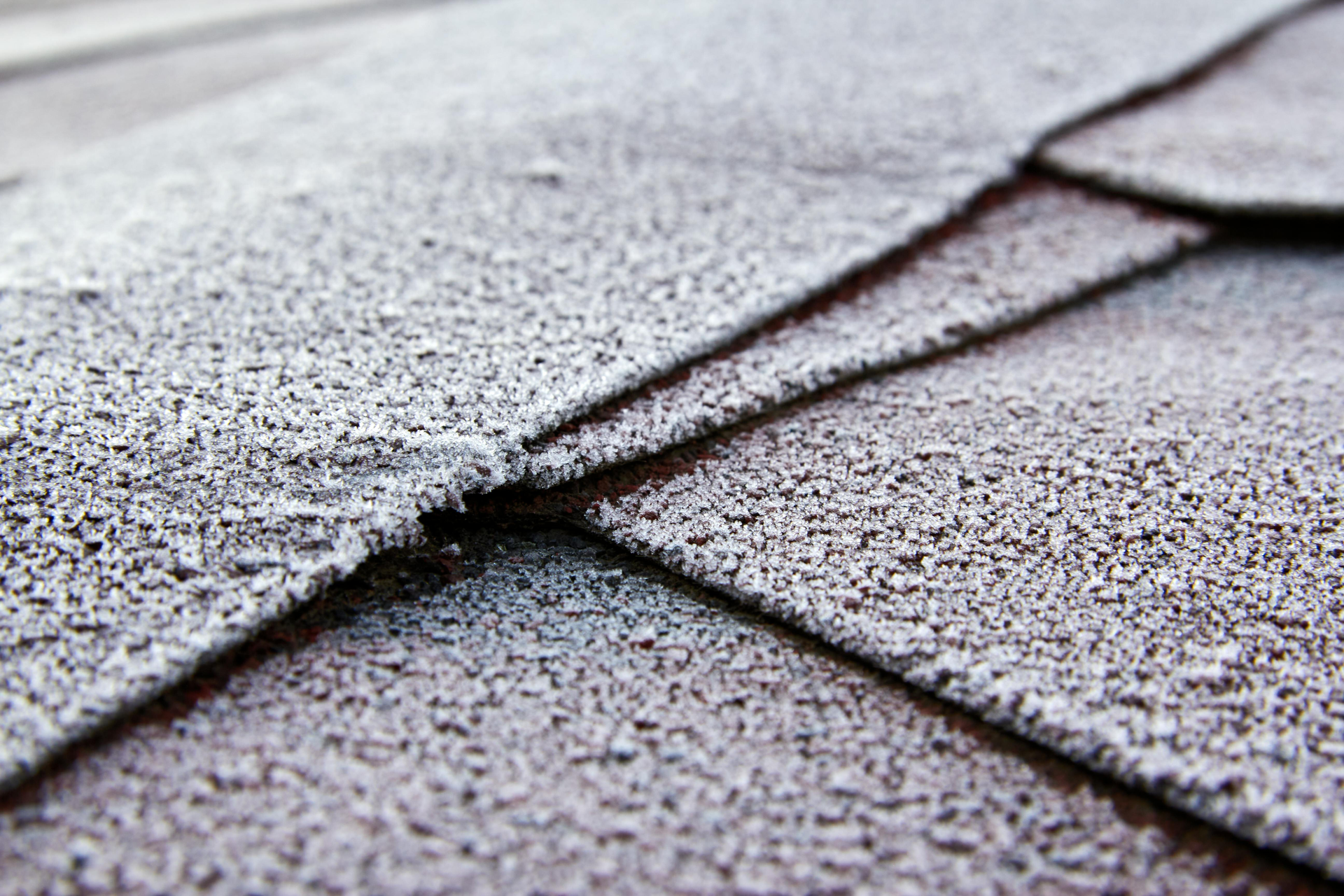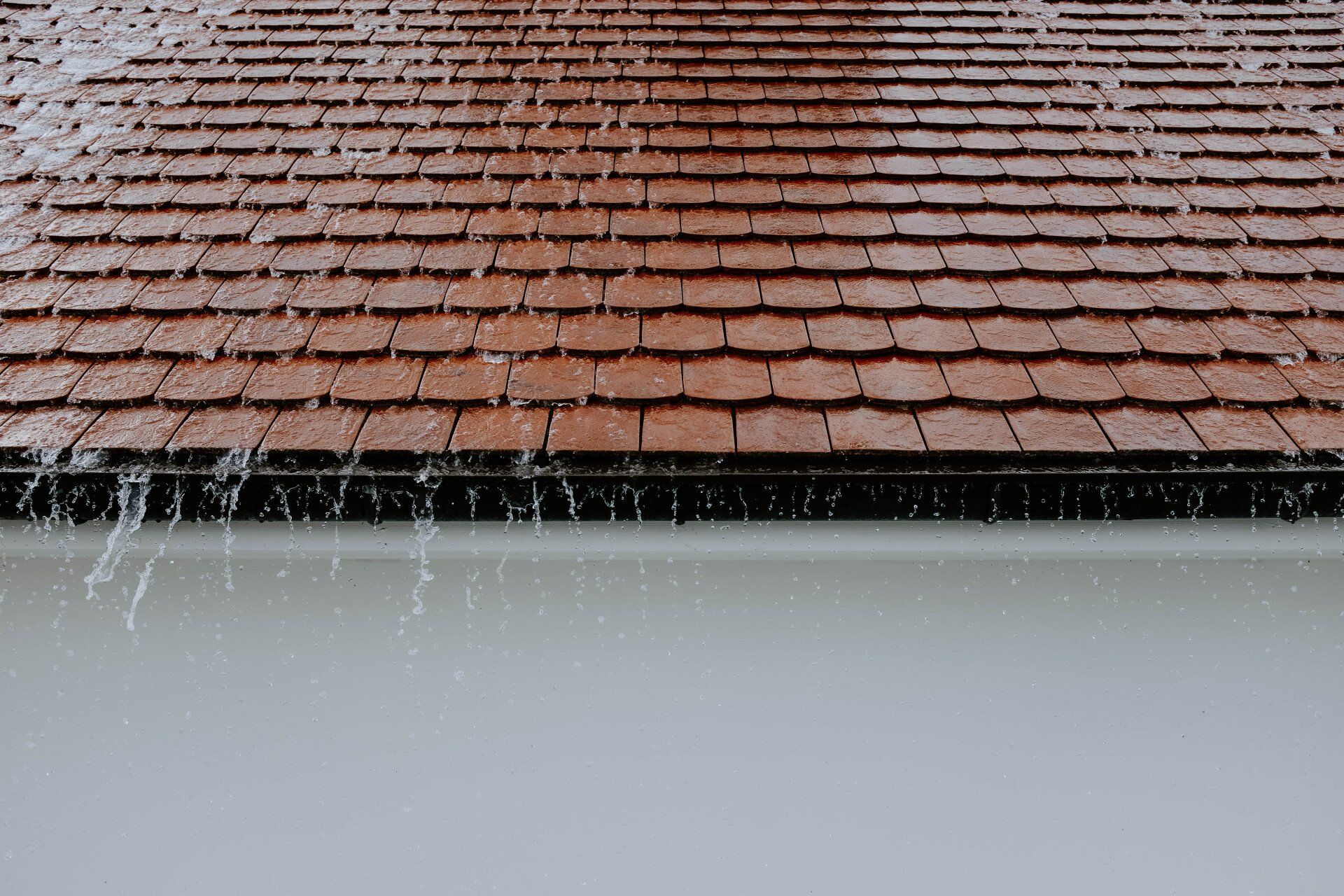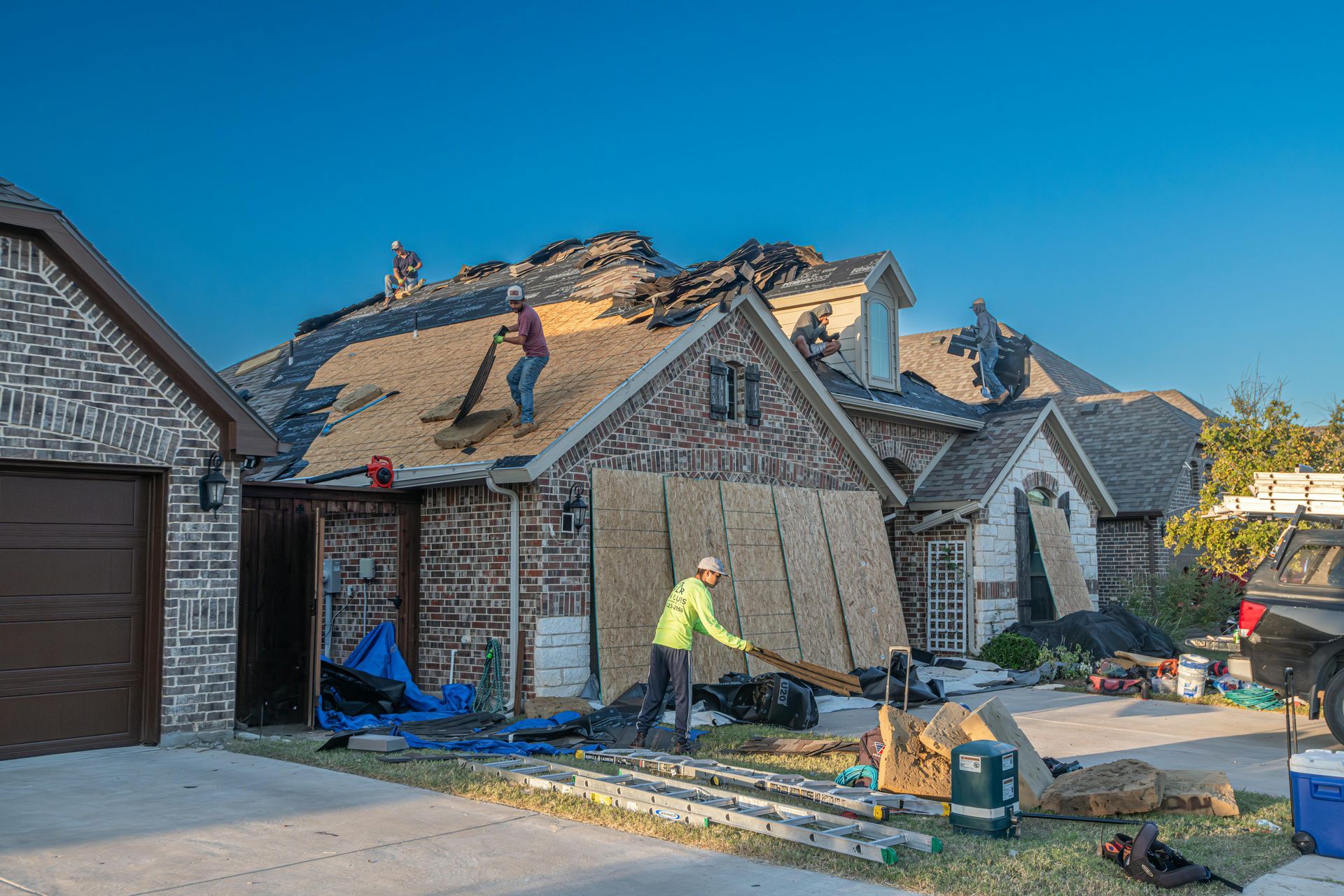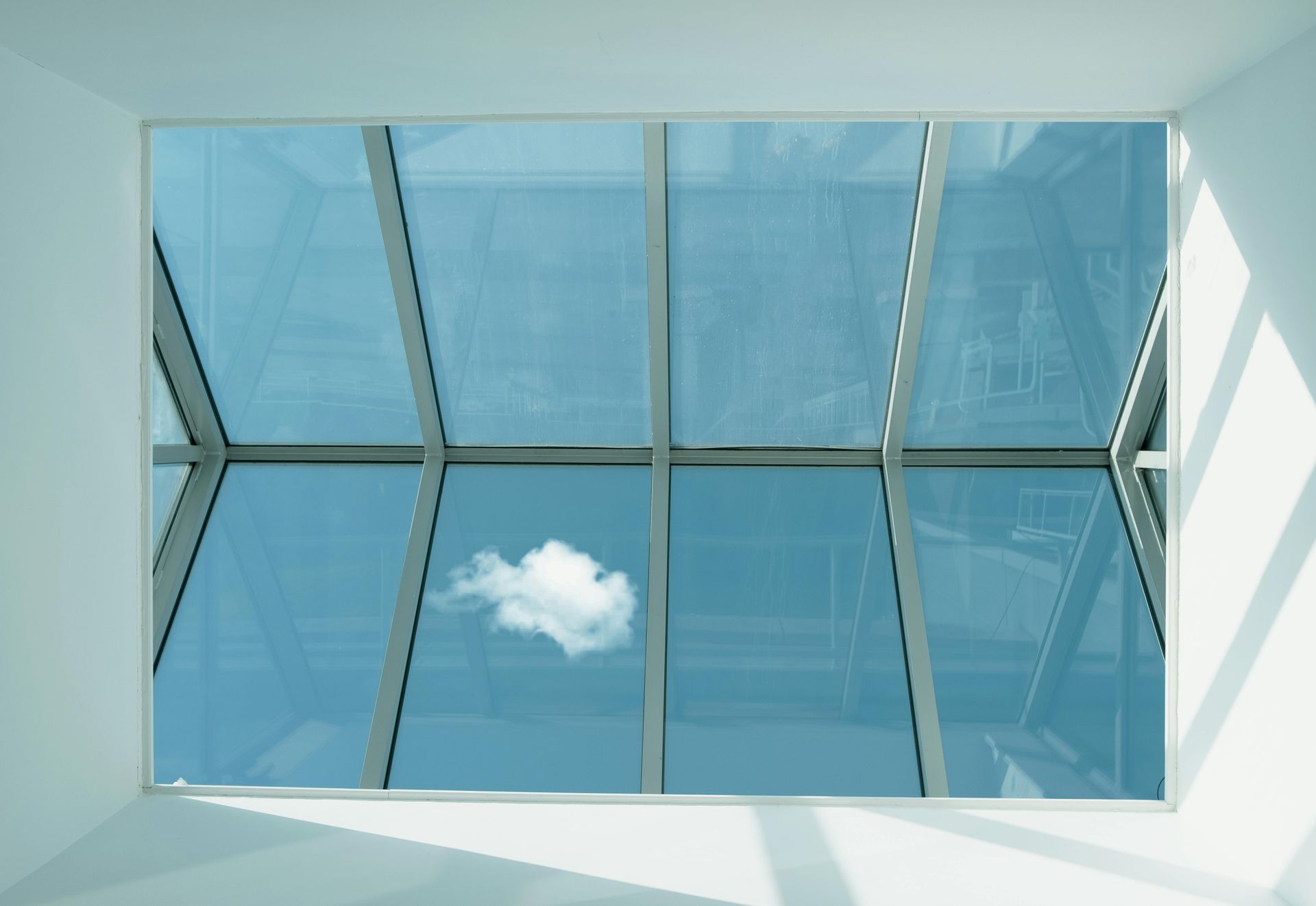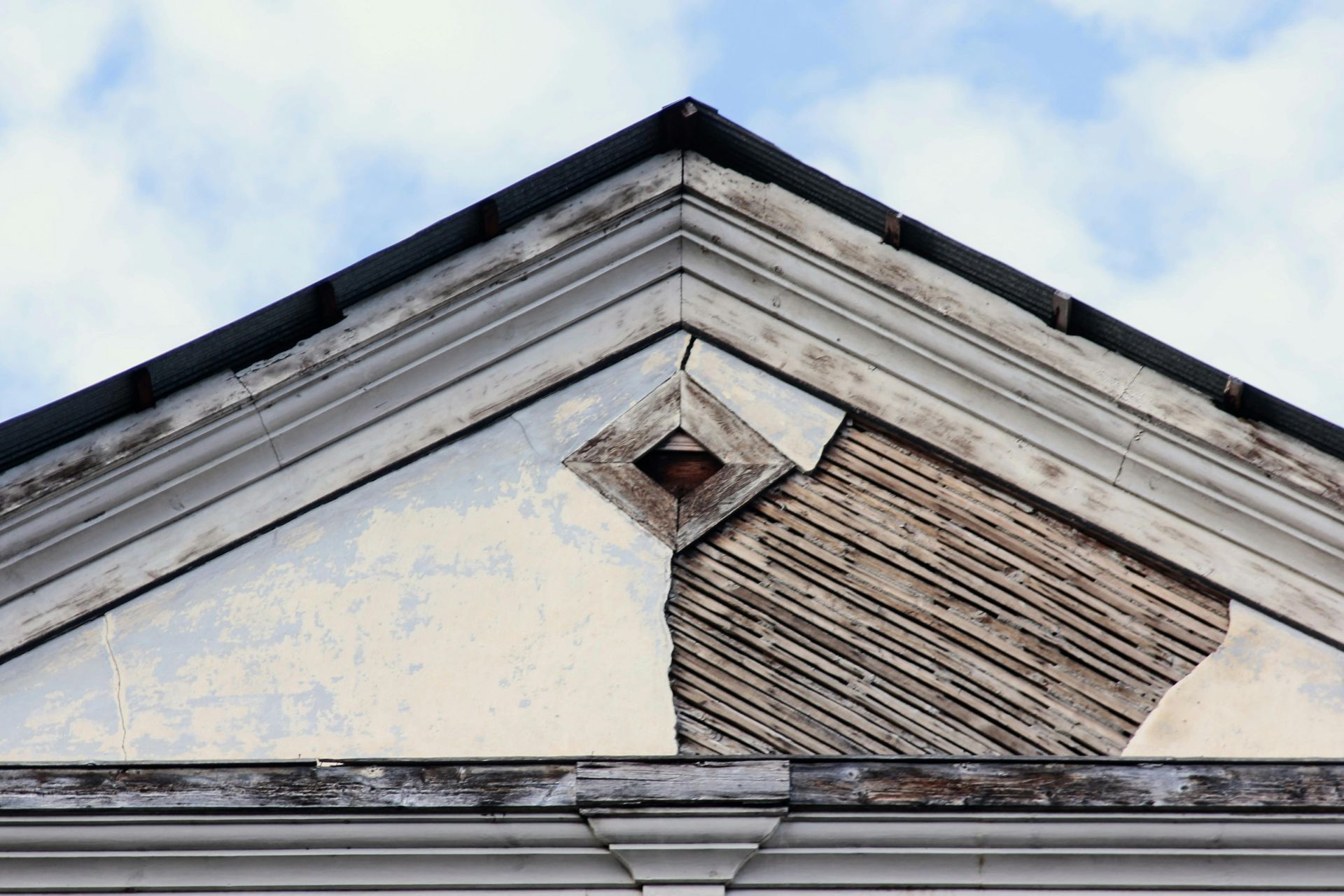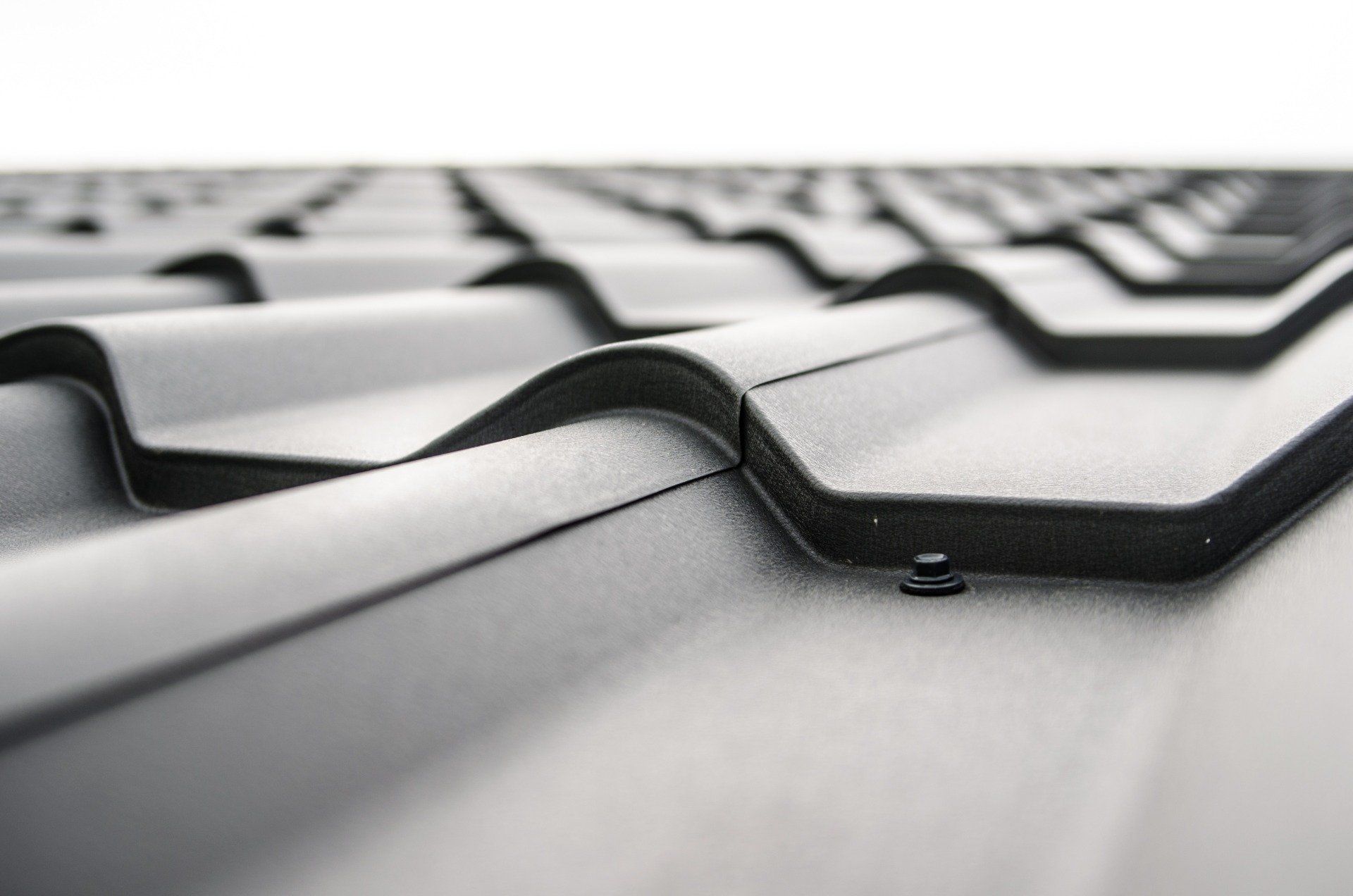Understanding Roof Installations
Understanding Roof Installations
When it comes to roof installations and re-installations, it is critical to assess the quality and condition before determining a plan of care. As a home or business owner, leaving roof work to a professional is going to be a great option compared to alternate worst case scenarios that include hospital bills, damaged, property, or much worse! This post will give clarity and insight into the world of roofing installations and how they are handled by professionals.
As its name implies, roof installations are merely the process of installing a roof on a building that is used for commercial, residential, or industrial use. This can be done by a professional which is highly recommended, or it can be done by the property owner. There are benefits to both methods, but installing a roof solo will require a particular set of skills, tools, and materials if the job is going to be completed correctly. If you are installing a roof yourself, you will need to purchase the materials and tools necessary for the job. You will also need to have a background of knowledge pertaining to roofing installation procedures. If you are hiring a roofing contractor to install your roof, they will have the necessary materials and tools needed to complete the job safely and professionally. They will also have the experience and expertise to foresee issues before the arise and solve them accordingly. Hiring a professional will usually cost more than installing the roof yourself, but it is often worth it for the peace of mind that comes with knowing the job was done properly.
Flat roofs are often chosen for their durability and weather resistance, but they do require more maintenance than pitched roofs. There are three main types of flat roof installation: single-ply membrane, modified bitumen, and built-up roofing:
- Single-ply membrane roofs are the most popular type of flat roof. They are made of a single sheet of impermeable material, such as Teflon, PVC, or EPDM rubber. This type of roof is easy to install and is relatively affordable.
- Modified bitumen roofs are made up of multiple layers of asphalt that are combined with a reinforcement fabric. This type of roof is also easy to install and is moderately priced.
- Built-up roofing is the oldest type of flat roofing system. It consists of multiple layers of tar and asphalt that are applied over a layer of insulation. This type of roofing is not as common as it used to be, but it is still a viable option for some applications.
Each type of flat roof installation has its own set of benefits and drawbacks. Make sure you choose the correct type for your properties needs.
Commercial roof installation can be a daunting task, but with the right knowledge it can be a breeze. The most important factor in any commercial roof installation is choosing the right materials. There are a variety of materials to choose from, each with their own set of benefits. Here are a few of the most popular options:
- EPDM Rubber Roofing: This type of roofing is made from synthetic rubber and is incredibly durable. It is also resistant to tears, punctures, and UV damage.
- PVC Roofing: This type of roofing is made from polyvinyl chloride and is lightweight and durable. It is also resistant to water and moisture damage.
- TPO Roofing: This type of roofing is made from thermoplastic polyolefin and is also lightweight and durable. It is resistant to tears, punctures, and UV damage.
Once you have selected your roofing material, it is time to start preparing for the installation. This includes removing any old roofing material, cleaning the surface of the roof, and installing any flashing or trim that is necessary. Make sure you read the manufacturer's instructions carefully to make sure you are following proper installation procedures.
After the installation is complete, it is important to keep an eye on the roof for any potential problems. Make sure you inspect it regularly and contact a professional if you notice any issues. A poorly maintained roof can lead to water damage, mold growth, and much worse. Follow these tips to ensure a long life for your new roof:
- Keep trees trimmed away from the roof - this will help prevent leaves and branches from clogging up the gutters and causing water damage.
- Inspect the roof regularly for leaks or other problems.
- Have a qualified professional inspect the roof every few years to ensure that it is in good condition.
- Keep the gutters clean and free of debris - this will help prevent water from backing up and causing damage to the roof or home foundation.
Here at
Prescott Roofing Pros, we have the knowledge, experience, and licensure to get the job done right the first time. We offer a wide range of roofing materials and services to choose from, and we have a team of experienced professionals who will ensure that your roof is installed properly and lasts for years to come. Contact us today to learn more about our services or to schedule a free consultation.
Our Socials
